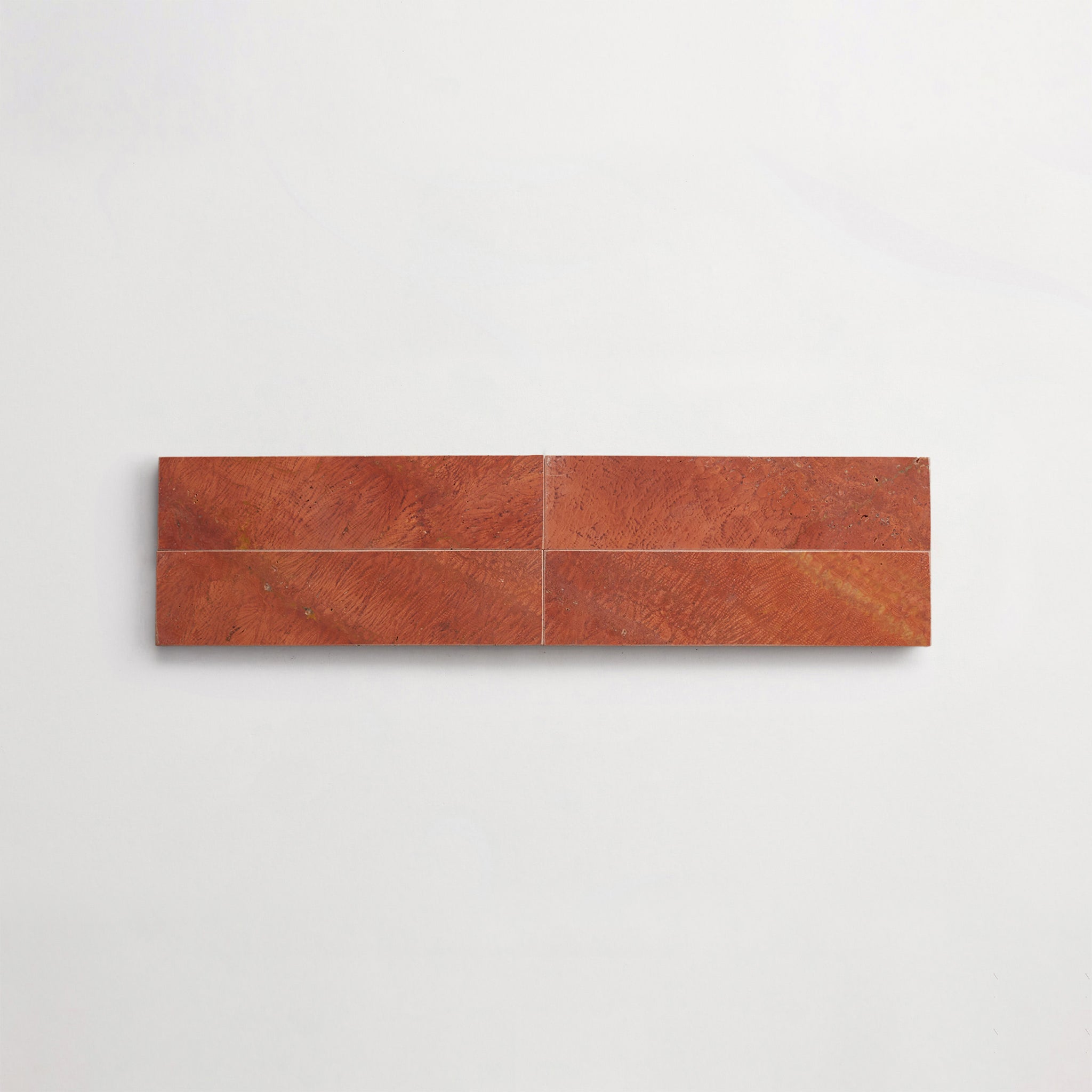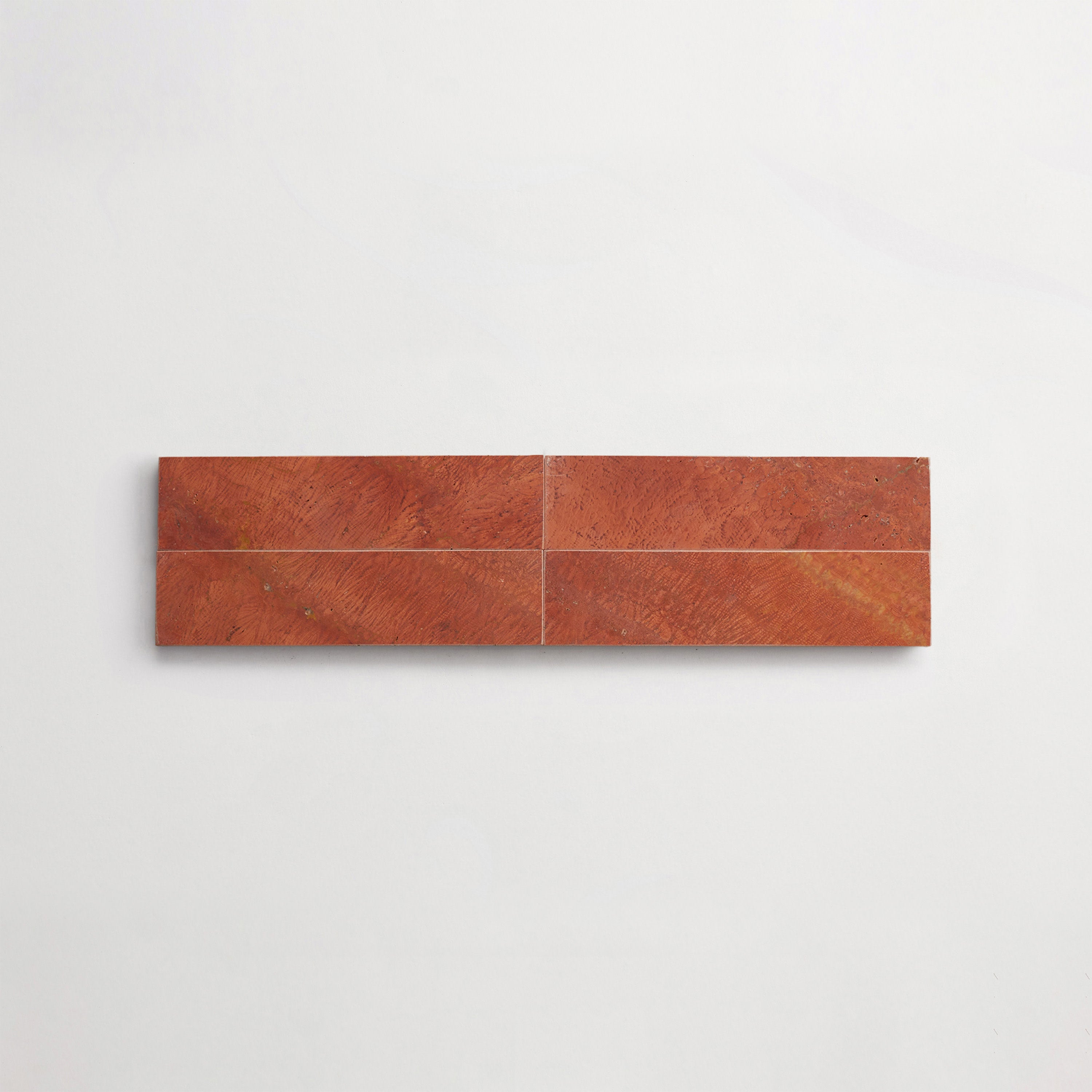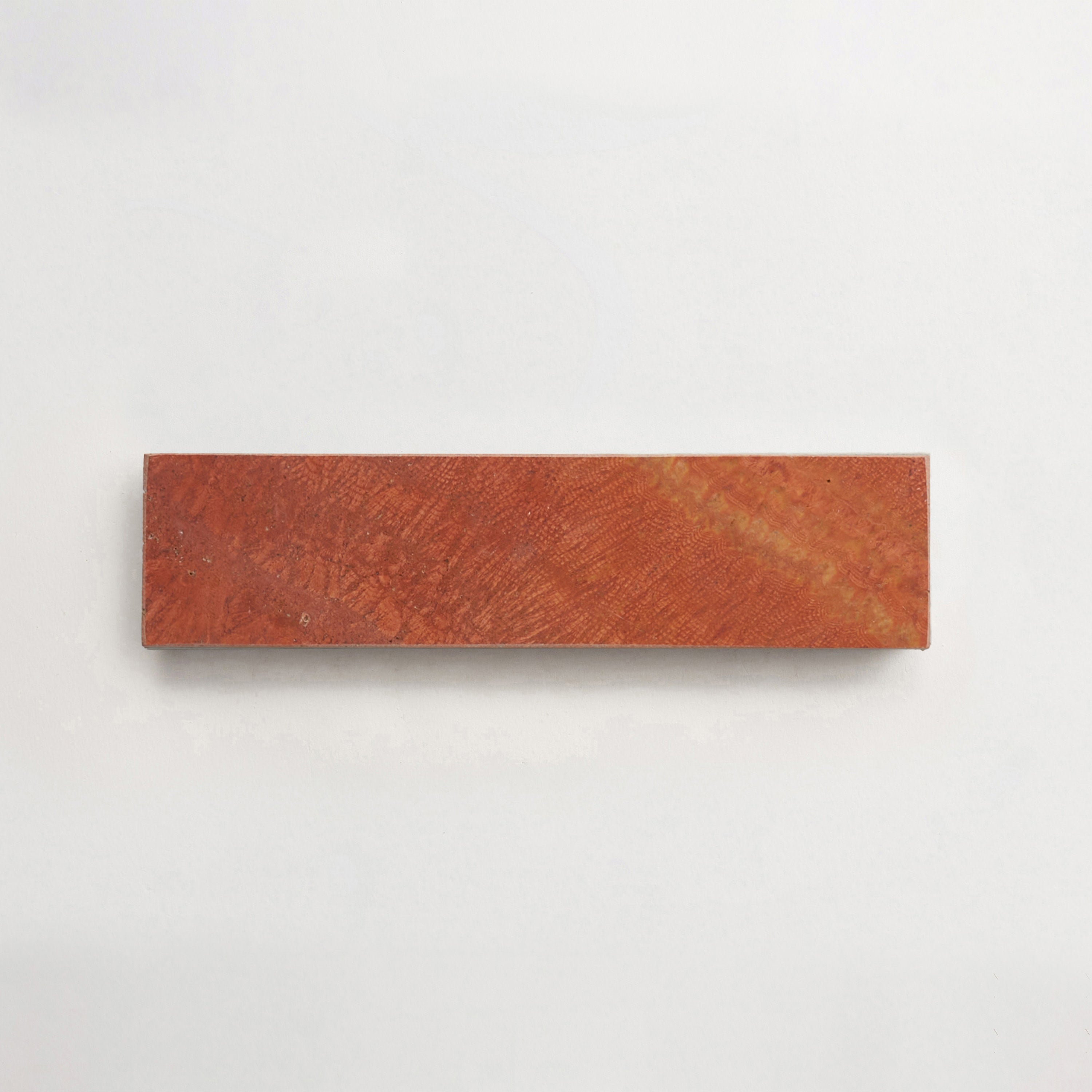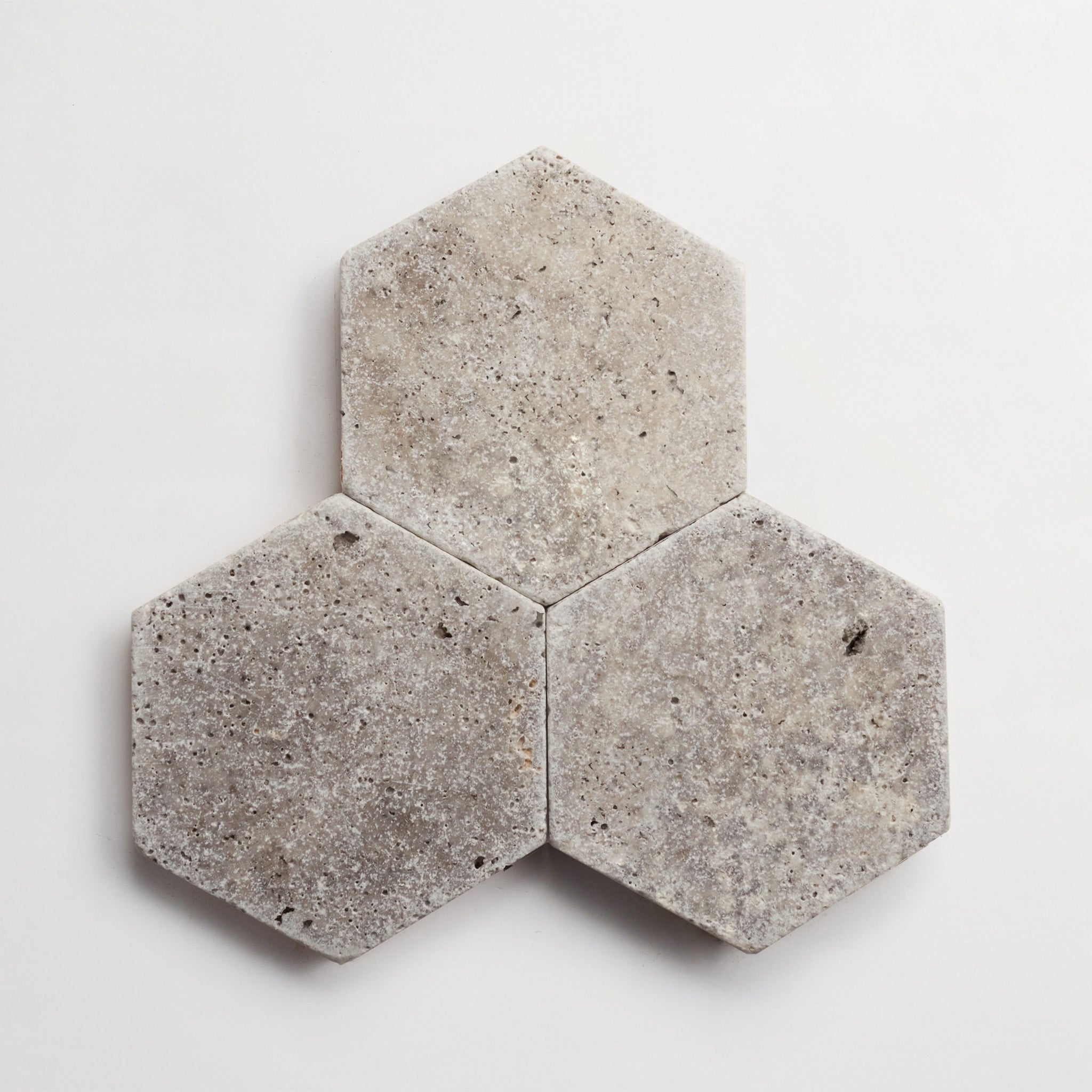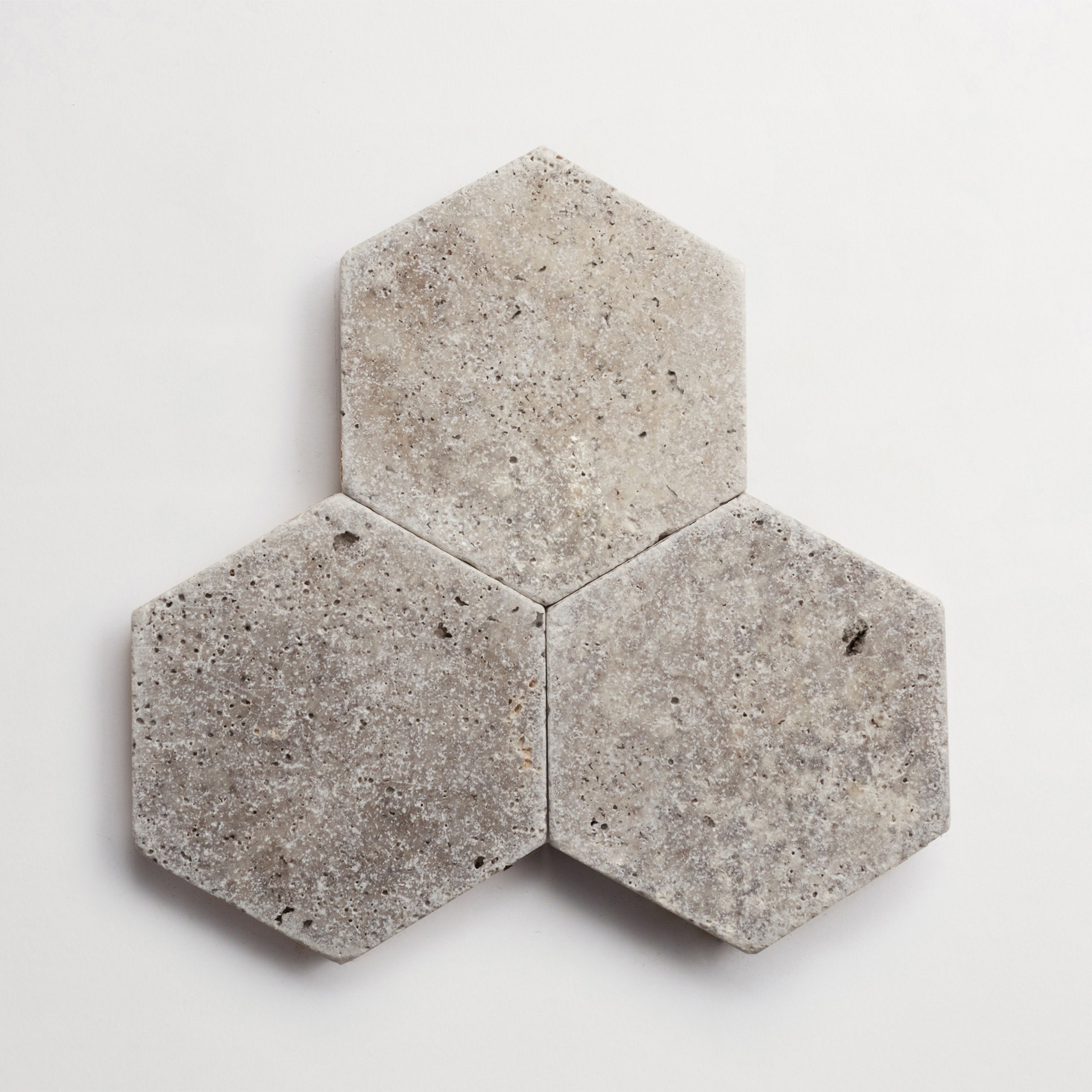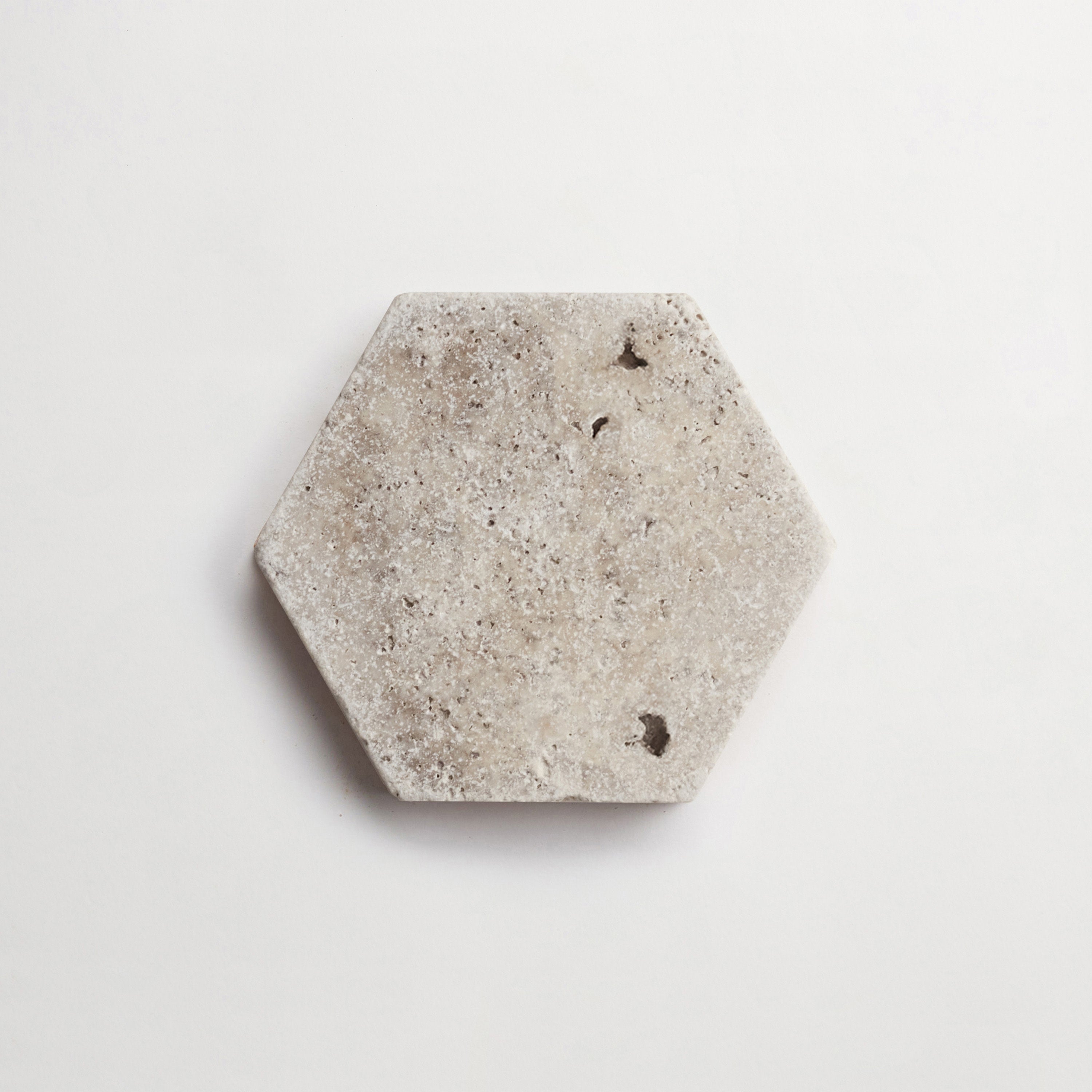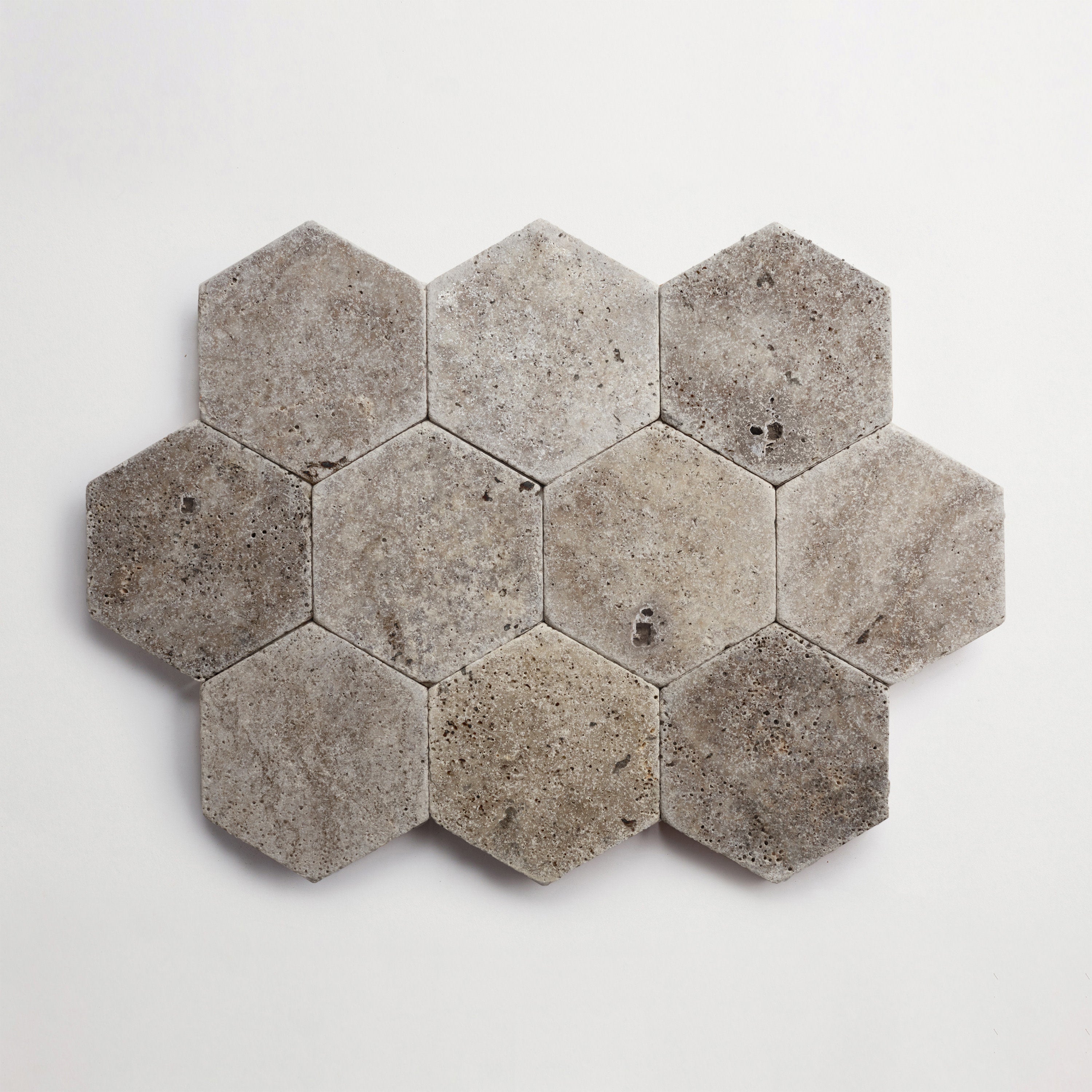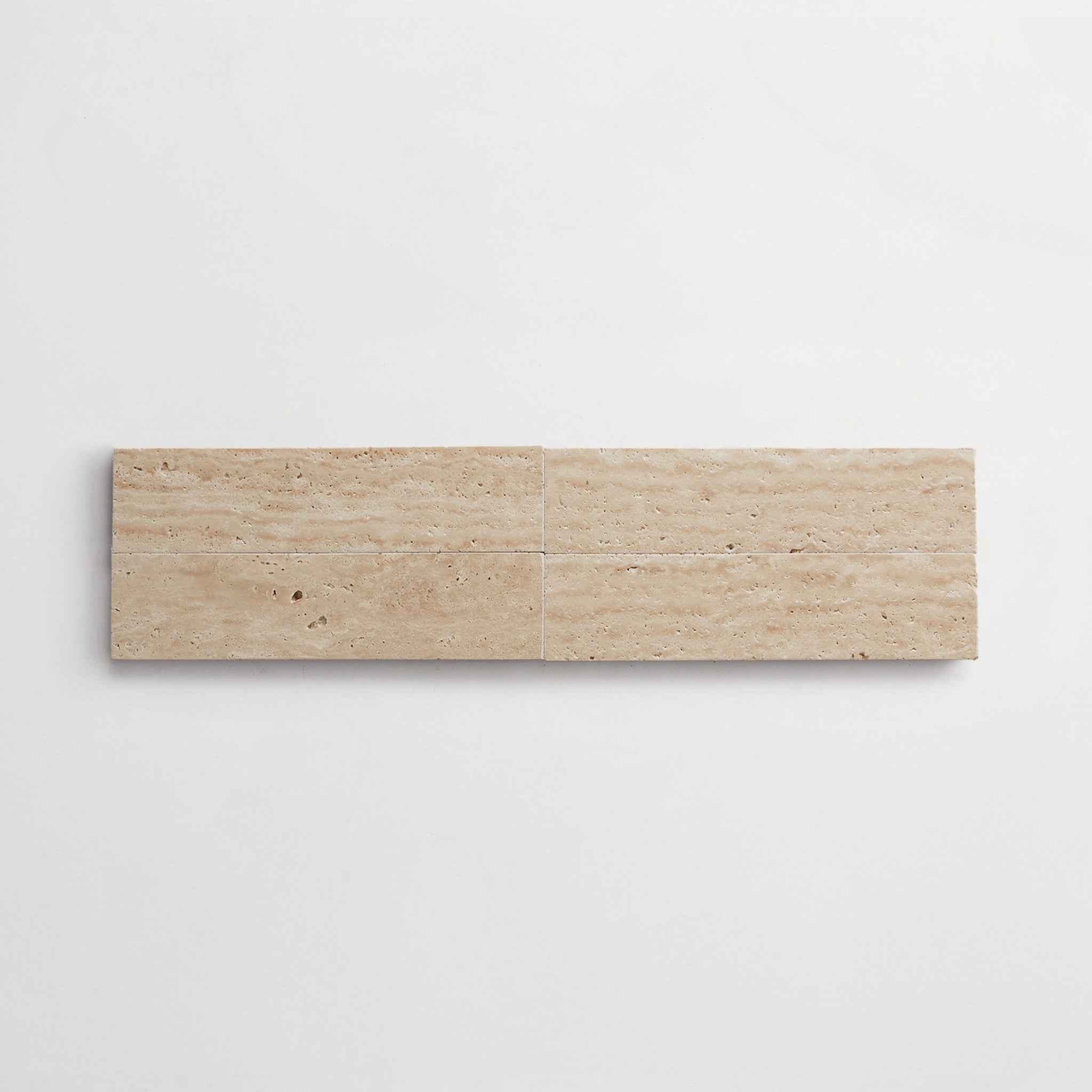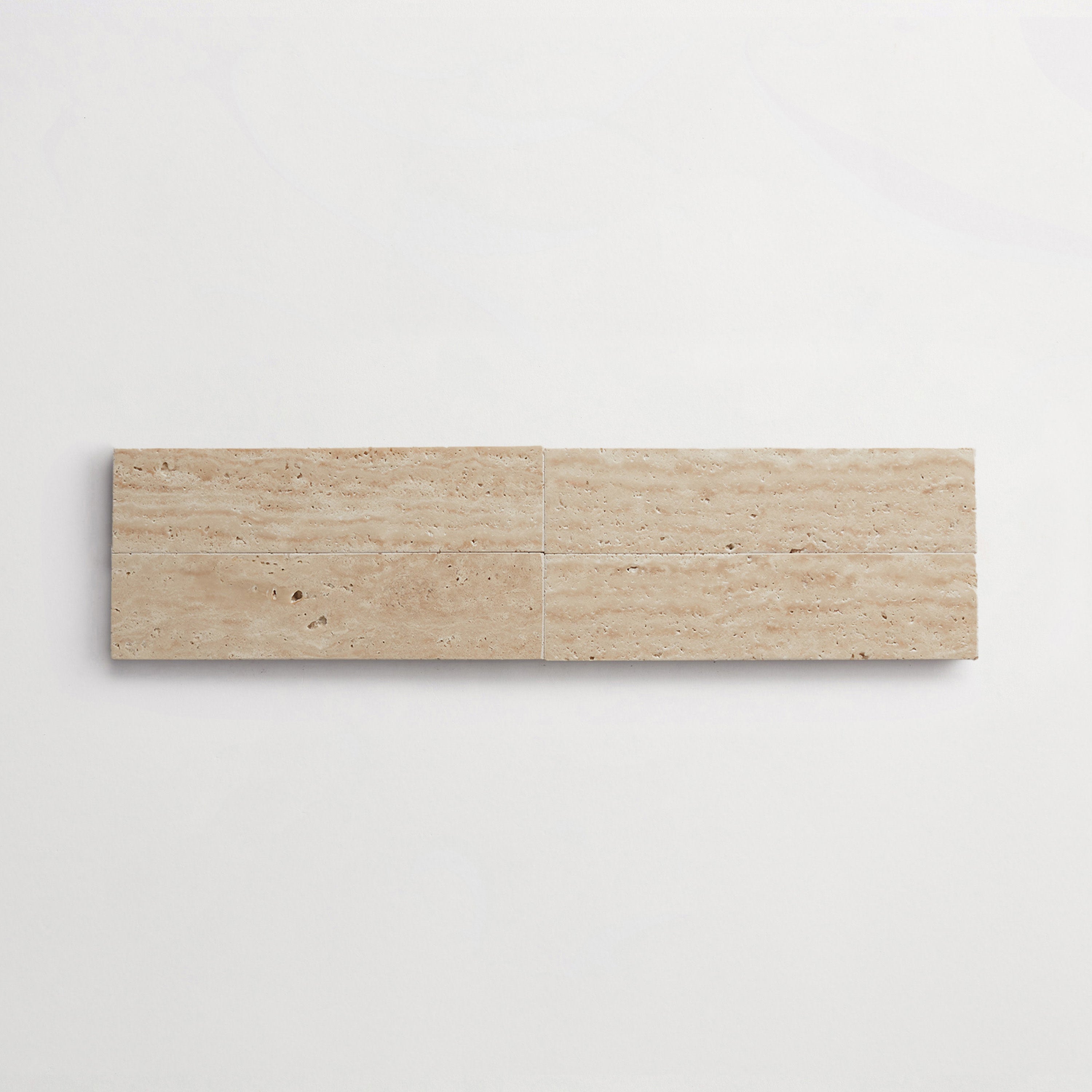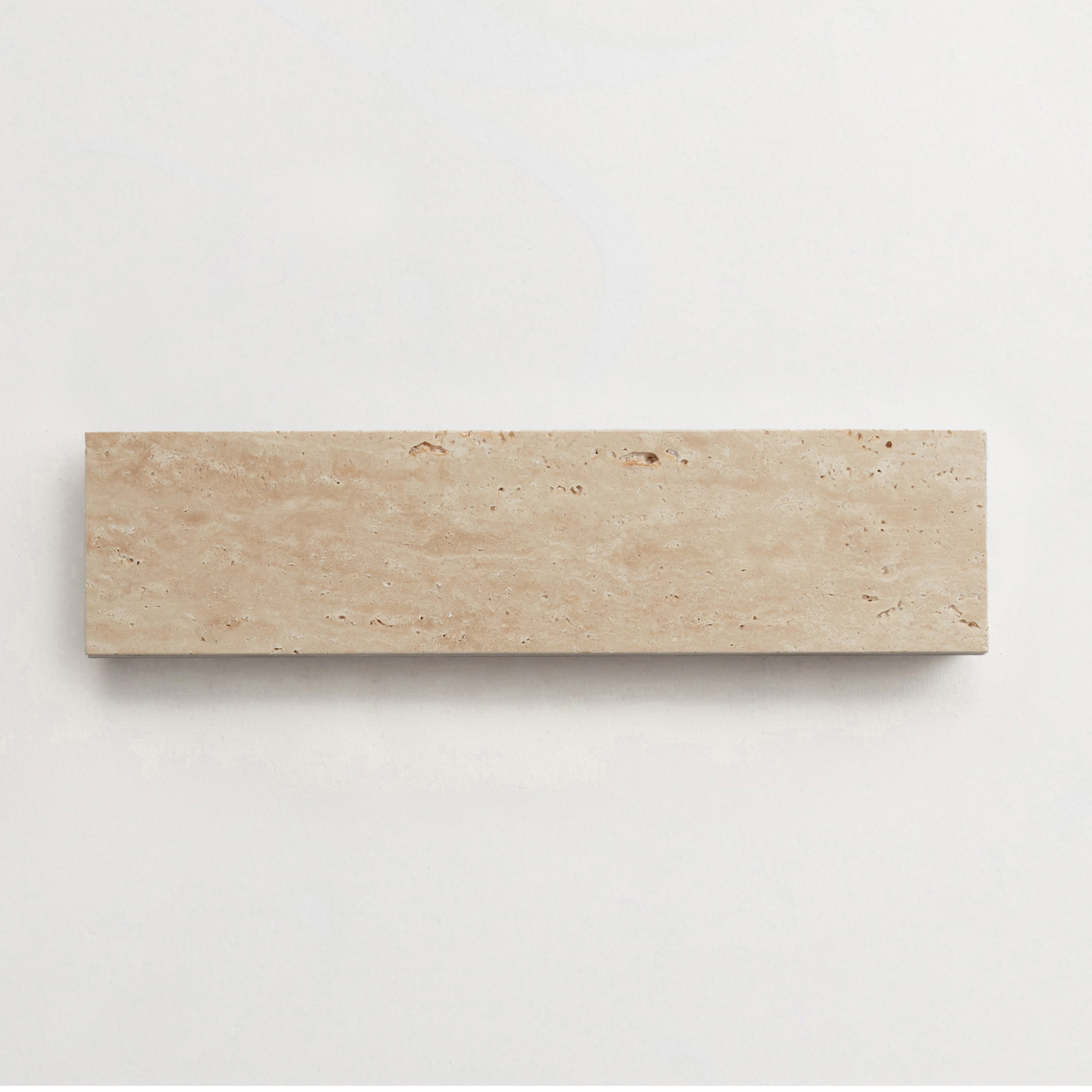your shopping cart is empty.

Concrete vs Travertine Pool Deck: Which Is Best for You?
Whether you’re a designer, landscape architect, or discerning homeowner, choosing the right surface for a pool deck can feel like an uphill climb. You want something durable, beautiful, and comfortable underfoot — but there are so many options that it’s hard to know where to start.
Two of the most popular materials for pool decks are concrete and travertine. Both offer distinct advantages depending on your (or your client’s) priorities for cost, aesthetics, and performance. In this guide, we’ll break down concrete vs travertine pool deck options so you can decide which one is the best choice for your outdoor project.
Travertine Pavers: Definition, Characteristics, and Considerations
Travertine pavers are a type of outdoor tile, cut from natural stone that has formed in limestone deposits near mineral springs. They have been used for centuries to create elegant and long-lasting surfaces that bring a sense of timeless luxury to outdoor spaces. We may be biased, but we love them for classic and modern spaces alike.
Known for their distinctive veining, unique pitting, and range of warm, earthy tones, travertine pavers are often chosen for high-end landscapes and pool decks. They also happen to be exceptionally durable, slip resistant, and heat friendly, making them the perfect choice for outdoor spaces.
To learn more about the composition and history of travertine pavers, see our comprehensive guide on travertine tile.
Key Characteristics of Travertine
Travertine is technically a form of limestone, giving it the strength and natural beauty you would expect of a premium outdoor tile. It’s available in a wide range of finishes from matte and honed to polished and glossy. And depending on the color you select, it will suit both modern and traditional designs.
As always, be sure to check a particular tile’s technical specifications and material guidelines for detailed information about usage, durability, and maintenance.
Travertine pavers are also weather resistant, making them an excellent choice for areas that are exposed to the elements — pool decks, for example. With proper and regular sealing using a penetrating sealant, travertine resists fading and can even withstand freeze-thaw cycles. (This means you can use it in areas that see snow and ice.)
Finally, this beautiful stone is easy to clean — usually a mild soap and water solution are sufficient — which makes it a solid choice for homeowners who value beauty and practicality.
Travertine Pool Deck Considerations
Despite its benefits, travertine isn’t without maintenance requirements. It should be sealed regularly, typically every couple of years, to protect it against moisture and staining. When left unsealed or highly polished, it can become slippery, too. You can learn more about that in our article Is Travertine Slippery When Wet?
Travertine also tends to be on the higher end of the price spectrum, though a higher upfront cost pays off in longevity. Because travertine is a natural stone, it’s also sensitive to acids and chemicals commonly found in pool cleaners. To keep a travertine pool deck pristine, it’s important to follow the principles outlined in our article on travertine stain removal.
Concrete Pavers: Definition, Characteristics, and Considerations
Concrete pavers are manmade materials crafted from a blend of cement, sand, and aggregates. They’re poured into molds and cured, creating uniform shapes that are easy to install and customize. Unlike natural stone pavers, concrete pavers can be produced in a variety of colors and textures, making them a good choice for designers who are seeking flexibility.
Key Characteristics of Concrete
Concrete pavers are known for being affordable, durable, and timeless — a solid choice for pool decks that need to balance function and cost. They can be cast with surface textures that provide slip resistance, which is an essential feature for wet areas. Because they’re easy to produce and replace, homeowners can achieve a cohesive, modern look without the higher investment required by natural stone. Concrete pavers also hold up well under heavy traffic, making concrete a great option for large pool decks or shared outdoor spaces.
That said, it’s important to manage expectations when choosing concrete for a pool deck. Due to its manmade nature, it cannot offer the type of bespoke look that natural stones like travertine can. It also does not develop the same type of patina as travertine over time, making it a better option for those who desire a uniform look.
Concrete Pool Deck Considerations
Concrete, while durable, has its tradeoffs. It can become very hot in direct sunlight, making it less comfortable under bare feet during peak summer months. In addition, while concrete should be sealed during installation to prevent early staining or water damage, it’s still susceptible to discoloration over time — especially if you or your client skip regular maintenance. Oil, leaf tannins, and mineral deposits can leave marks, as well, so cleaning and resealing are key.
For more material comparisons, see our article on porcelain vs concrete pavers. And for a broader look at outdoor surface materials for pool decks and patios, explore our guide on the best flooring for outdoor patio projects.
Travertine vs. Concrete Pool Deck: Quick Comparison
Choosing between travertine vs concrete pool deck materials depends on your project’s climate, budget, and aesthetic goals. Here is a side-by-side look.
| Travertine | Concrete | |
|---|---|---|
| Slip resistance | Excellent when honed or tumbled; can be slippery when polished | Naturally slip resistant, especially with textured finishes |
| Durability | Highly durable and weather resistant; withstands freeze-thaw cycles | Very durable but prone to cracking under temperature extremes |
| Affordability | More expensive, as it’s a premium natural stone | More affordable and widely available |
| Ease of maintenance | Requires periodic sealing and chemical-free care | Needs sealing at installation; easy to clean but can stain |
| Design versatility | Natural color variation and elegance; available in different colors | Wide variety of colors, shapes, and surface finishes |
This table helps visualize how each material performs across the main factors most homeowners consider.
Concrete vs Travertine Pavers: Which Is Best for Your Pool Deck?
So, which one should you choose for your project? If your goal is to create a luxurious, yet natural look that stays cool underfoot, travertine pavers are the best choice. They bring elegance and a timeless feel to any outdoor setting, transforming the pool deck into a resort-like retreat. Yes, they require a bit more care, but with regular sealing and mindful maintenance, they’ll last for decades and only grow more beautiful with age. A little more expense upfront can save you or your client money in the long run, thanks to travertine’s impressive longevity.
If your or your client’s focus is on budget, ease, and practicality, concrete pavers deliver consistent performance and visual versatility. They’re durable, affordable, and available in many types of tile designs — perfect for a modern or minimalist project.
Ultimately, both materials can create a striking, long-lasting surface. Your decision comes down to how you want your outdoor space to feel. At OUTERclé, we believe that choosing materials with intention creates more meaningful, enduring environments. Explore our full range of travertine tiles and natural stone pavers to discover which one is the perfect choice for your next outdoor project.
-
Red Travertine
-
lapidary
:
-
Chromatope
-
4
" x
-
4
" x
-
⅛
"
-
sqft
/
$
-
Shale
-
Pemberley Pavers
:
-
Alegria
-
8
" x
-
8
" x
-
⅞
"
-
sqft
/
$
-
Beige Travertine
-
lapidary
:
-
Brinks
-
4
" x
-
16
" x
-
⅝
"
-
sqft
/
$






